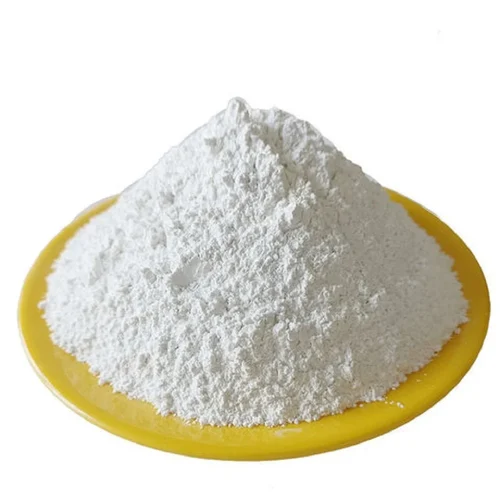In order to promote the sustainable and healthy development of my country’s magnesium carbonate industry, Hebei Messi Biology Co., Ltd. recommends: First, strengthen the guiding role of relevant departments and industry associations, strengthen the collection and research of foreign technical standards, improve domestic testing standards and technical levels, and help enterprises improve their ability to cope with technical barriers; second, increase support for leading enterprises, and cultivate large enterprises with international competitiveness through joint and reorganization forms.

With the implementation and continuous strengthening of national environmental protection laws and regulations, the production of magnesium carbonate manufacturers is subject to increasingly stringent constraints and restrictions. Whether the magnesium carbonate industry can truly solve environmental protection problems and achieve clean production is the key to the sustainable development of magnesium carbonate enterprises. In recent years, the State Environmental Protection Administration has set off an “environmental protection storm” to implement risk investigations on polluting enterprises in or near environmentally sensitive areas such as key water sources across the country. This move has greatly strengthened the “environmental protection” awareness of the magnesium carbonate industry. It can be said that magnesium carbonate enterprises will be completely “destined” to environmental protection.
Hebei Messi Biology Co., Ltd. stated that there are no major technical difficulties in the treatment of “three wastes” at present, and the most important issue is cost. Judging from the current raw materials and production process routes of the domestic magnesium carbonate industry, the enterprises’ treatment of “three wastes” basically only involves input, but the output and return are negligible. According to the different scales, raw materials and processes of each enterprise, this is indeed a heavy economic burden for the production enterprises. The way out of the problem is to change the low-grade raw material route, use high-tech means to comprehensively utilize the “waste byproducts” after treatment, and obtain certain economic returns from it.
